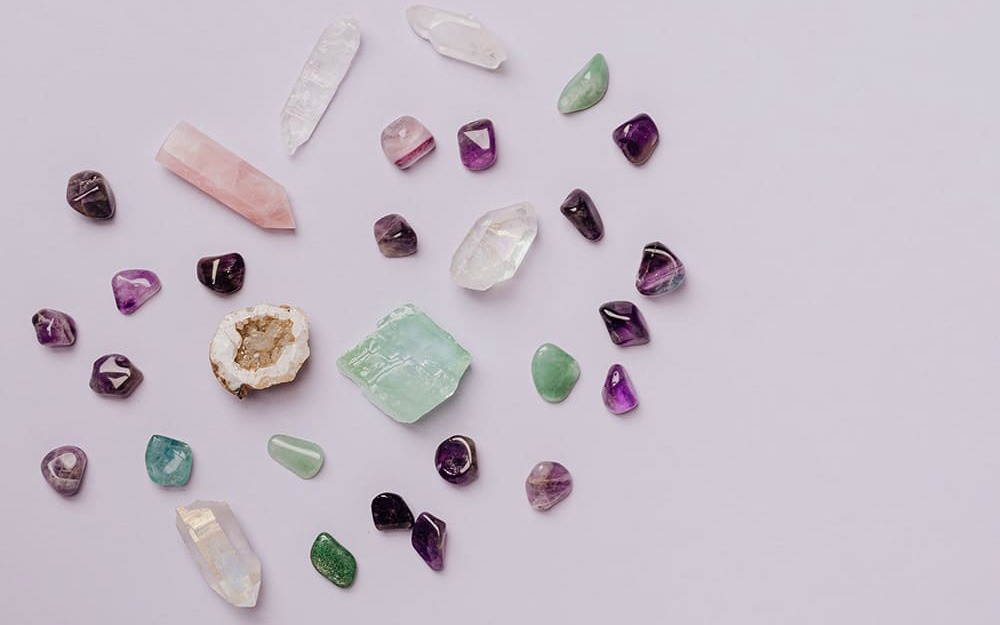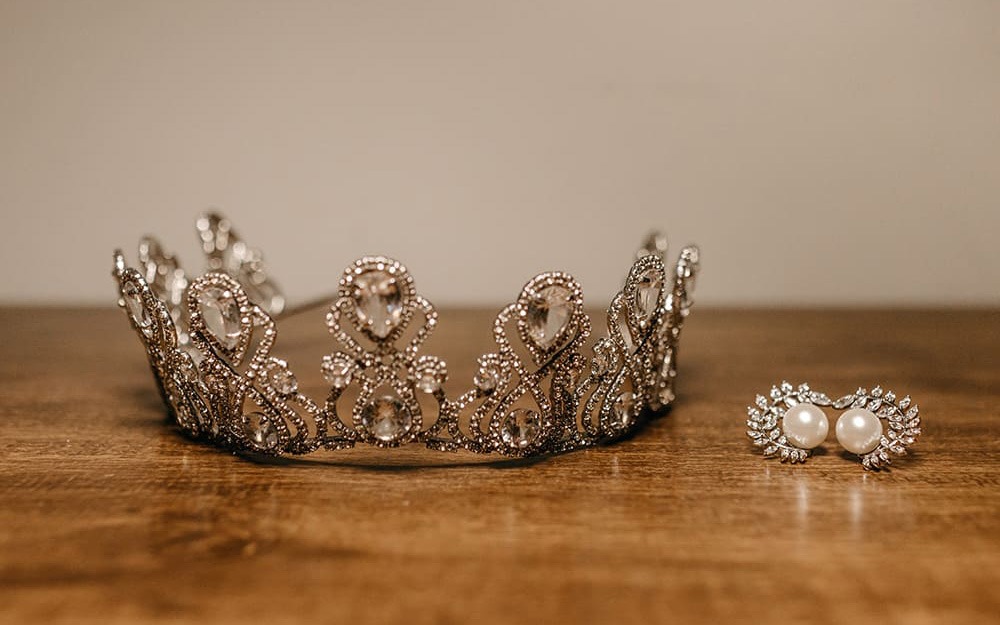The Influence of Color on High Jewelry Over the Decades

Colorful gemstones are an artist's palette for jewelers, with exciting discoveries heralding new designs and trends. Read more about it in the article.
Rainbows, hand-painted by children and displayed in front windows of homes across the country, have become one of the lasting images of the coronavirus pandemic. They symbolized hope and solidarity, with their cheerful colors boosting morale for everyone. The natural meteorological spectrum of vivid shades also served as another form of inspiration, encouraging jewelry designers to explore the wide range of precious stones from Mother Earth and to create rainbow jewelry.
Jewelry is currently experiencing a joyful period of striking sapphires, tourmalines, and beryls in almost every shade, as well as, of course, magnificent colored diamonds in yellow and brown, which are emerging as new favorites. However, color trends come and go. Today we might be swept up by vibrant hues, but in the 1920s, the Art Deco aesthetic was very monochromatic with diamonds, pearls, and onyx punctuated by beautiful emeralds or rubies.
Fashion in jewelry is also influenced by new discoveries of gemstones. Diamonds ruled high jewelry in the late Victorian Belle Epoque era after new sources were discovered in South Africa. Saturated blue aquamarines found in Brazil at the turn of the century made a perfect pairing with diamonds in jewelry, while a display of Ceylon sapphires dedicated to Edward VII in 1875 sparked a trend for sapphire jewelry in the 1890s.
In 1903, Tiffany introduced kunzite, a purplish pink gemstone found in California and named after its chief gemologist, George Frederick Kunz. A few years later, their collection featured another pink stone, morganite, an orange-pink beryl named after American financier and philanthropist J.P. Morgan, which led to a period of pinkish jewelry.
In the 1960s, tanzanite, a blue-violet gemstone (hence its name) discovered at the foot of Kilimanjaro in Tanzania, became an overnight success with jewelers for its unusual vivid shade and clarity. In 1974, dark green garnet tsavorite from Kenya added a new rich green shade to the palette of emeralds, peridots, and jade. Then came the highly prized Paraiba tourmaline, a glowing neon turquoise gemstone discovered in 1989 in the Paraiba region of Brazil. Paraiba tourmalines are a rarity (although they were later discovered in Nigeria and Mozambique), and thus have high value.
A hundred years ago, jewelry was dominated by diamonds and colorless stones like rock crystal. Cartier explored the exoticism of Persian and Egyptian styles in 1910, inspired by Diaghilev’s Ballets Russes. This preceded the discovery of Tutankhamun’s tomb in 1922, which sparked a craze for the color combinations used in ancient Egyptian jewelry, including turquoise and lapis lazuli. By the early 1920s, Cartier's graphic groupings of diamonds, moonstones, pearls, and black onyx with colorful accents of emeralds, jade, and rubies defined the immensely influential Art Deco era.
This was an incredibly creative period for the maison, as Jacques Cartier traveled to India and brought back beautifully carved emeralds, sapphires, and rubies set with diamonds and onyx, creating one of their signature Tutti Frutti styles from the late 1920s. India showed an immense influence on Boucheron, which is still evident in their collections. Just as Cartier and Van Cleef & Arpels received many commissions from Indian maharajas to showcase their precious gems in European styles.
By the late 1930s, Cartier and Van Cleef & Arpels moved away from the cool graphic black-and-white contrasts of Art Deco design and introduced yellow gold and warm colored gemstones like citrines alongside more rare rubies and sapphires. Jewelry became more colorful and naturalistic. Colored gemstones inspired floral sprays and charming ballerina pins designed by Van Cleef & Arpels in the 1940s. By the 1950s, diamonds were back in vogue as classic monochromatic necklaces with floral and lace designs created by French maisons and New York jewelers like Harry Winston.
At this point, Bulgari followed French aesthetic trends with floral displays of yellow and cognac diamonds, but over the decade they broke away and experimented with bold color combinations for a chromatic effect. They began using smooth cabochon cuts for a triumvirate of red, green, and blue, and bold shapes, but by the mid-1960s they explored a broader palette of shades like amethyst and turquoise for choker necklaces, adding coral, citrine, jasper, and other colors to necklaces in the early 1970s.
In 1968, Van Cleef & Arpels launched their iconic Alhambra design, a collection of delicate jewelry with clover motifs set with various stones such as carnelian, lapis lazuli, corals, agate, and onyx. Throughout the 1970s, various other hard stones, such as malachite and tiger's eye, were added. Simple sautoirs and large pendant necklaces adorned with semi-precious stones dominated fashion during the decade, but the 1980s saw trends become much more dazzling with yellow gold, large pearls, and striking colored gemstones.
After the financial crisis of the late 1980s, there was inevitably a backlash against such opulent displays, and by the early 1990s, modern minimalism dominated with silver, white gold, and small diamonds—jewelry became very discreet. At the same time, talismanic semi-precious stones (more smooth to the touch than faceted), opals, and quartz crystals were set into delicate jewelry pendants and bracelets to complement the boho vintage fashion trend.
Yet diamonds bounced back: the rise of hip-hop music and influential rappers like Puff Daddy (as he was then known) showcased a penchant for "bling" at the turn of the millennium, breaking taboos with it. Diamonds in white gold suddenly became seen as icy cool and accessible to anyone with the means.
Meanwhile, the Italian brand Pomellato explored what it called "new precious" stones, incorporating aquamarine, tourmaline, chrysoprase, spinel, and demantoid garnet into their delicately colored jewelry, culminating in the introduction of their signature Nudo ring in 2001.
Although diamonds remain a dominant force in jewelry design from engagement rings to tennis bracelets and chandelier earrings, color is becoming increasingly important in designers' repertoires, with multi-colored sapphires, tourmalines, tsavorites, spinels, chrysoberyls, opals, and a library of lesser-known gemstones now inspiring jewelry palettes.

